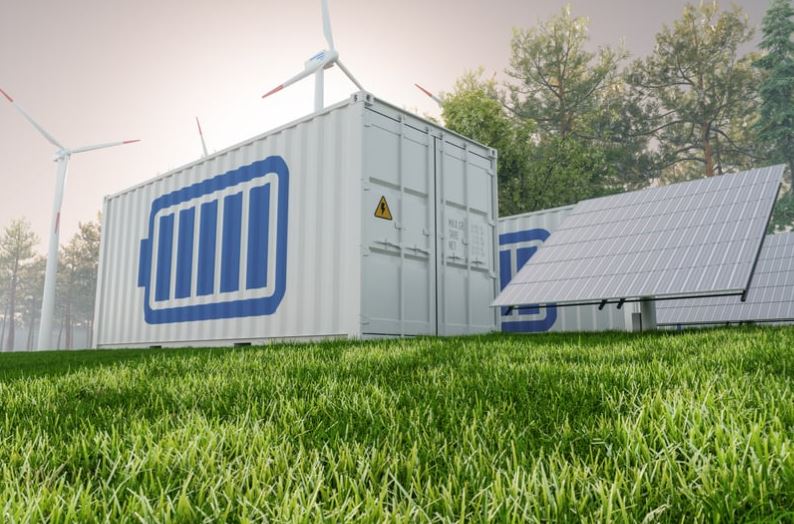MIT researchers have achieved a tenfold increase in the energy storage capacity of electron-conducting carbon concrete (ec³), a material capable of turning buildings, bridges, and pavements into functional energy storage units.
The breakthrough could transform urban infrastructure into distributed batteries, providing a novel solution to one of renewable energy’s most persistent challenges: the intermittency of solar and wind power.
Ec³ combines conventional cement, water, a fine carbon powder known as nanoscale carbon black, and a liquid electrolyte to create a dense conductive network capable of storing and releasing electricity. In the latest study published in PNAS, five cubic meters (176.5 cubic feet) of the material can now store more than 10 kWh of electricity, sufficient to power a typical household for a day. Previously, achieving this level of storage required nearly nine times the volume, highlighting the significant leap in energy density.
The improvement stems from a refined understanding of how the carbon network interacts with the electrolyte and adjustments in production methodology. Instead of soaking hardened slabs in electrolyte post-cure, the team now adds it directly to the water in the concrete mix, producing thicker, more conductive slabs without compromising performance. Experiments with various electrolytes, including seawater and mixtures containing quaternary ammonium salts with acetonitrile, revealed multiple viable formulations capable of supporting the enhanced energy density.
While ec³ still lags behind lithium-ion batteries in energy density by orders of magnitude, its potential lies in integration with construction materials. Unlike conventional batteries, ec³ can be cast directly into structural elements, potentially lasting as long as the building itself without relying on scarce or toxic materials. Applications under investigation include off-grid homes, energy-storing sidewalks, heated pavements in snowy regions, and roads that could charge electric vehicles.
The material also shows promise for multifunctional roles in sustainable construction. Beyond energy storage, ec³ may absorb carbon dioxide and even self-repair microcracks, further extending its utility and lifecycle. Japan has already piloted the material for snow-melting sidewalks, demonstrating its practical viability.
Lead author Damian Stefaniuk emphasized that the innovation addresses the renewable energy transition’s critical storage problem: “Solar power can only generate when sunlight is available. Ec³ offers a way to store energy locally and release it when needed, potentially smoothing daily fluctuations and supporting grid reliability.” Co-author James Weaver added that combining modern nanoscience with ancient concrete technology opens opportunities for infrastructure that actively powers daily life.
As renewable deployment grows worldwide, materials like ec³ could supplement traditional energy storage, reducing reliance on lithium-ion batteries and enabling more distributed, resilient electricity networks. Ongoing research focuses on scaling production and testing real-world performance to validate long-term durability, energy efficiency, and integration with urban infrastructure.
Stay updated on the latest in energy! Follow us on LinkedIn, Facebook, and X for real-time news and insights. Don’t miss out on exclusive interviews and webinars—subscribe to our YouTube channel today! Join our community and be part of the conversation shaping the future of energy.





